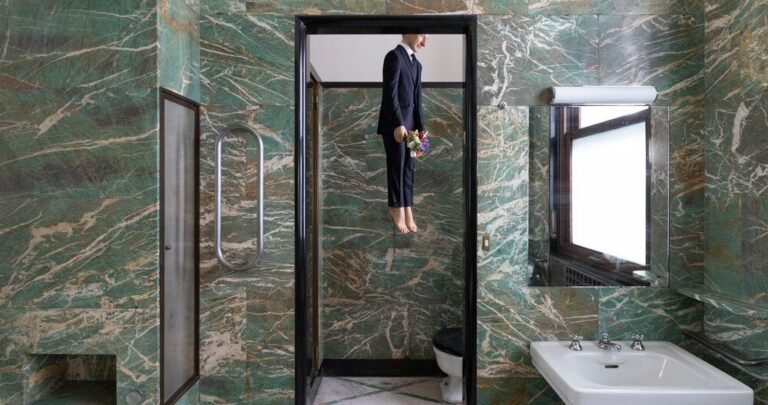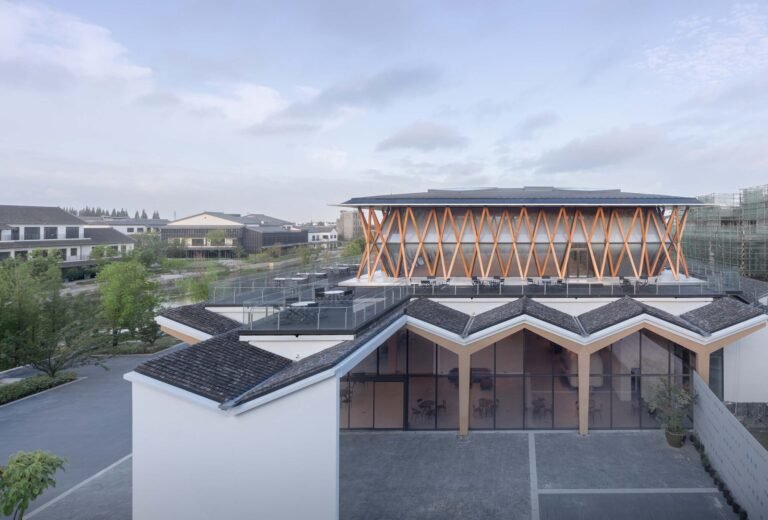Spline House / Daisuke Ibano, Ryosuke Fujii
Spline House / Daisuke Ibano, Ryosuke Fujii


Text description provided by the architects. This is a housing project for a married couple and their children, located on the edge of a quiet residential area. The site was developed after the 1970 Osaka Expo during a period of high economic growth and has always been empty of any buildings. The west side is adjacent to the forest that is part of a lively community park which provides a sense of being connected to nature through the whole house. The main challenge was to make sure to build a harmonious relationship with the surrounding greenery.



The site has a triangular shape and its long side faces the forest, designed as a two-story volume in an L shape and a terrace in the centre of the plot, making sure the forest can be seen from anywhere in the house.

In addition, a circulation staircase loop is designed in the centre of the house to connect the level difference in the living and dining areas on the 1st floor that comes from the existing height difference of the site. There is one more exterior staircase on the terraces in order to have both connected.



As for the skeleton of the house, the architectural plan has an L-shaped layout with a large opening and atrium, structurally it makes sense to construct a keel beam with a strut in the longitudinal direction from the central column. Therefore, we have decided to create a curved wall by covering the strut of the keel beam with fluid spline-curved plates. Furthermore, we would like to introduce curved walls around and not only in the central staircase, but also in the fence of the terrace and in the wall adjacent to the handrail of the external staircase.

We have explored deeply to create a natural shape that smoothly cuts out the scenery beyond the wall every time while moving in the interior. Also, by giving both the interior and exterior of the walls a rough texture with no shadow gaps, we believe that it provides comfort on a site located right in the middle of the city. It also provides a feeling of leaning gently on the side of a medieval stone wall embedded in a contemporary house.

Thus, focusing on the relationship with greenery, the architectural configuration, construction methods, materials, and a variety of scenery itself, has provided a three-dimensional fluidity and curved walls within the building that has achieved a harmonized design of the house with the surrounding environment.









